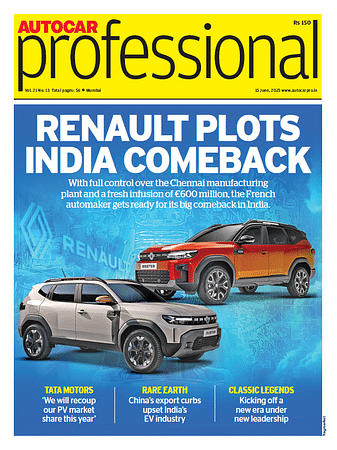India Needs Integrated Transport Systems as Urban Population Set to Reach 40% by 2030
Metro networks expand while bus systems face efficiency challenges as India accelerates electrification plans.
Kearney India released a whitepaper on India's urban mobility landscape on Wednesday, calling for modernized transport systems as the country's urban population is projected to reach 40% by 2030, putting increasing pressure on transportation infrastructure.
The consulting firm's report highlights that India's transportation sector accounts for 12% of national CO2 emissions, while congestion costs over $22 billion annually across Delhi, Mumbai, Bengaluru, and Kolkata. Six of the world's nine most polluted cities are located in India.
Metro operations have expanded to 23 cities covering over 1,000 kilometers, with an additional 950 kilometers under development. Daily ridership exceeds 10 million passengers, with Delhi handling 7.8 million commuters—77% of total metro usage. Mumbai's suburban rail serves 7.5 million passengers daily.
India's suburban rail network spans 3,600 kilometers across 10 cities, led by Kolkata's 1,500-kilometer system. The bus sector operates 150,000 vehicles but faces utilization issues, with only 72% of the fleet operational and availability averaging 0.26 buses per 1,000 people in major cities.
The government targets 31,000 electric buses by 2030 through FAME, PM E-DRIVE, and PM-eBus Sewa initiatives to address emissions concerns.
Kearney's whitepaper recommends establishing a unified national regulatory authority for infrastructure standardization, integrated multimodal planning aligned with land use, and expanded Public-Private Partnerships. The report also advocates for performance monitoring, transparent governance, and diversified revenue models including advertising, land value capture, and carbon credits.
"India's urban transit challenge is not just about infrastructure—it's about integration. Empowered metropolitan transport authorities are essential to break silos, streamline planning, and deliver seamless mobility across modes," said Manish Mathur, Partner at Kearney.
Shovik Banerjee, Partner at Kearney, stated: "The future of public transport in India lies in intelligent systems. AI-driven operations, real-time data, and multimodal integration for last mile connectivity will redefine how cities move—making mobility smarter, greener, and more human-centric."
The report emphasizes that scaling sustainable public transport is fundamental to building inclusive cities as India undergoes transformative urbanization.
RELATED ARTICLES
IONAGE Integrates HPCL EV Charger Network into Its Platform
Over 5,000 EV chargers from Hindustan Petroleum Corporation Limited to be made accessible via IONAGE.
Mercedes-AMG Unveils CONCEPT AMG GT XX, Showcasing Future of High-Performance Electric Mobility
With over 1,360 hp, axial flux motors, and ultra-fast charging, the four-door electric coupé embodies AMG's next-gen per...
India's Consumer Confidence Rises 2.9 Points in June 2025
National index reaches 59.0 as employment and economic expectations improve.





 By Shruti Shiraguppi
By Shruti Shiraguppi
 26 Jun 2025
26 Jun 2025
 298 Views
298 Views





 Sarthak Mahajan
Sarthak Mahajan




